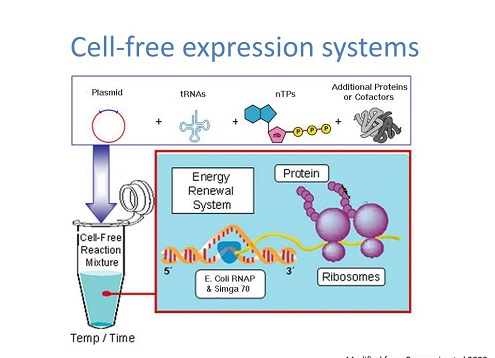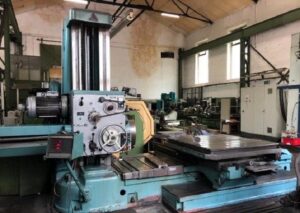Cell-free expression is a technique used in molecular biology to produce proteins outside of living cells. Unlike traditional methods that rely on cells to generate proteins, cell-free expression systems use cellular extracts containing the necessary components for protein synthesis, such as ribosomes, amino acids, energy sources, and enzymes, in a controlled environment. This approach offers advantages like rapid protein production, flexibility in modifying reaction conditions, and the ability to synthesize complex proteins that might be challenging to produce within living cells. Cell-free expression finds applications in various fields, including drug development, functional genomics, and biotechnology, due to its versatility and efficiency in generating specific proteins.
The Global Cell Free Expression Market is estimated to be USD 275 million in 2023 and is anticipated to grow at a CAGR of 7.5% till 2035.
The trends in cell-free expression are largely focused on enhancing system robustness, scalability, and diversifying applications. Advancements in cell-free platforms aim to improve efficiency and productivity by optimizing reaction conditions, fine-tuning components, and exploring novel bioreactor designs. Additionally, there’s a growing emphasis on customizing cell-free systems for specific applications, such as incorporating non-natural amino acids for protein modification or expanding the range of synthesized biomolecules beyond proteins. Moreover, the integration of automation and high-throughput techniques accelerates screening processes for drug discovery and biomanufacturing, driving the trend towards more streamlined and efficient cell-free expression systems.
The demand for cell-free expression technology has been steadily growing due to its versatile applications across multiple fields. In biopharmaceuticals, it offers a rapid and efficient method for producing therapeutic proteins, antibodies, and vaccines. Its ability to synthesize complex proteins aids in drug discovery and development, enabling researchers to study proteins that might be difficult to express in living cells. Additionally, in synthetic biology and biotechnology, cell-free expression systems are utilized to engineer metabolic pathways and biosensors, allowing for the creation of novel biomolecules and diagnostic tools. The demand for cell-free expression continues to rise as its flexibility, scalability, and capacity to produce a wide range of proteins make it an invaluable tool across various scientific disciplines.
What are the advantages of using cell-free expression over traditional cell-based methods?
Cell-free expression offers several advantages, including rapid protein production, flexibility in reaction conditions, and the ability to synthesize complex proteins that might be challenging to produce within living cells. Unlike cell-based systems, cell-free expression doesn’t require maintaining cell viability, allowing for easier manipulation of reaction parameters and enabling the production of proteins that might be toxic or difficult to express in cellular environments.
What types of applications benefit from cell-free expression technology?
Cell-free expression has diverse applications across various fields. In biopharmaceuticals, it’s used for rapid production of therapeutic proteins, antibodies, and vaccines. In synthetic biology, it enables the construction of artificial biological systems and metabolic pathways. Additionally, it’s valuable in functional genomics for protein studies, protein engineering for custom biomolecule production, and biotechnology applications like the development of biosensors and diagnostic tools.




















